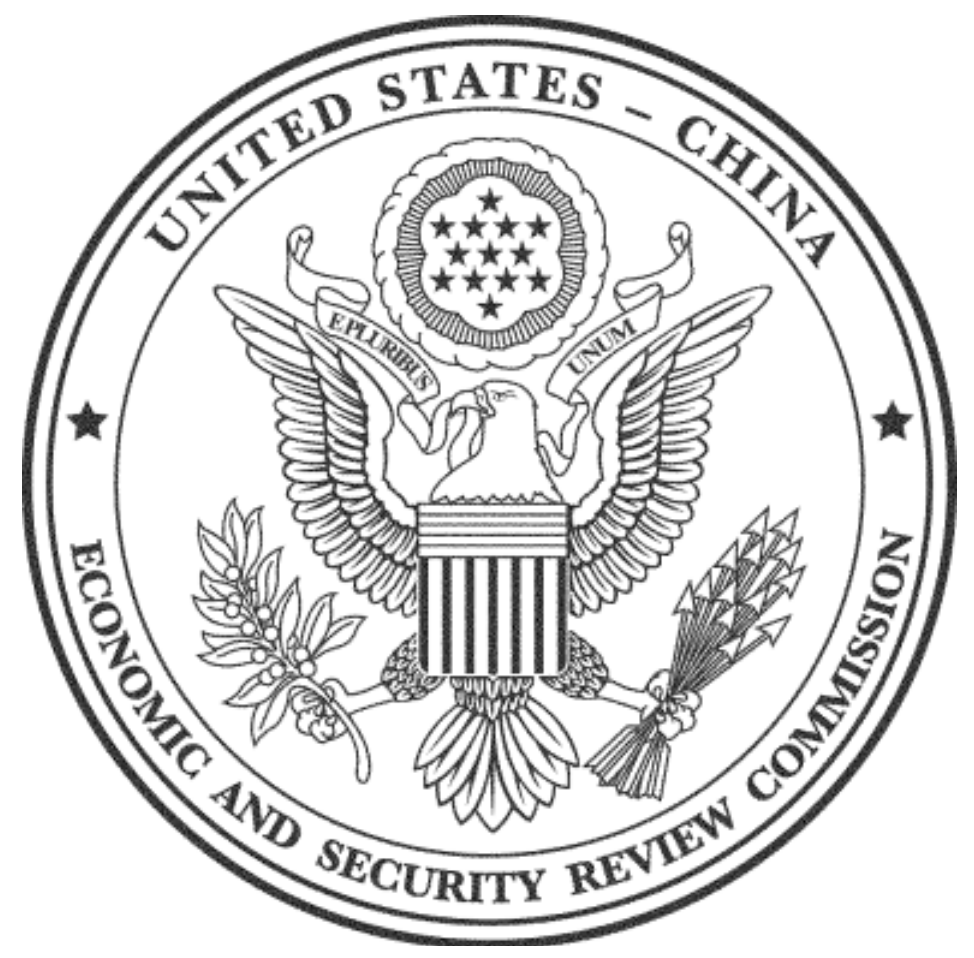Opinion
Too crowded bets on “7” for USDCNY could be dangerous
The Chinese yuan has been under pressure in recent days due to the slowing economy and, more importantly, the escalating trade war with the US. While the Peoples Bank of China has never said it will safeguard the dollar-yuan exchange rate against any particular level, many analysts have treated '7' as a magic number and heated debates have begun over whether the number is unbreakable.
Chinese yuan has been under pressure in recent weeks due to the double dip in recent economic data and more importantly, the escalating trade war with the US. Since then, the CNY has shown weakness against USD, breaking 6.9 versus the USD, but also against major global currencies. The looming prospect of the China-US relationship, as well as a likely continued lax monetary policy in China, has all pointed to a weaker yuan, at least in the short term.
At this juncture, there is now a heated debate as whether it will hit “7” or, put it in another way, if “7” is an unbreakable magic number. So far, the market seems to believe that the PBoC has a floor on the USDCNY at “7”.
Is this really the case? We do not believe so.
To predict the behavior of the PBoC’s intervention, the first question is to ask is what the rationale behind the intervention is. In this round of intervention, the most notable reason to fend off depreciation could be to avoid the negative effect of rapid depreciation on accelerated capital outflow and business confidence, which could further drag down China’s already shattering economy. Based on the net reduction in US Treasuries holdings and the use of its countercyclical factor, the PBoC seems to have conducted sizable forex intervention to keep the RMB stable. But it is vital to note that China’s key concern is growth and RMB stability is increasingly important to achieve this goal but not a specific ceiling at “7”.
What’s more, bear in mind that the PBoC choose to safeguard the currency at the moment because it is benefiting to shore up investor’s confidence which has been affected by the escalating trade war. It may not always be the case. China’s exports have started contraction since November 2018, and an overvalued currency will only increase the unit cost for exports and thus harm export growth. The cost problem has been particular worrisome if the US further raises tariffs to more products importing from China. Once Chinese exporters start to feel more from the cost of exports and less from the sentiment, the PBoC will find it much reasonable to depreciate its currency, at least to temporarily offset the negative impact of the tariffs. Another big push which may change the behavior is the PBoC’s intention to weaponised exchange rate in the trade war with the US.
In fact, the PBoC has never announced any particular level that it wants to defend or explicit rule it is willing to follow, so the betting by the market analysts on 7 seems completely drawn from the belief in the “focal point”. This can be dangerous. In the context of China, history never guarantees any particular level for the RMB since the foreign exchange system reform in 2005. Yuan volatility against the USD has increased significantly after 2016, echoing the PBoC’s announcement to enhance the two-way volatility of its currency. In other words, the PBoC has definitely realised that any one-way betting on the CNY could only dampen its efforts to control the currency.
For the PBoC, safeguarding the currency is only to support growth and there is no reason to keep a magic number and sacrifice growth. This is especially so when the market started to bet on the number. This means that, although the PBoC is willing to push for the stability of the USDCNY, it would avoid wasting too many bullets to defend 7. The best strategy for the PBoC is to lean with the wind for forex intervention rather than against the wind, as the latter is clearly more costly. As such, the PBoC needs to introduce more two-way volatility. This is exactly what the PBoC did in early 2014 when it tricked the market by engineering a mini devaluation of the yuan against the USD against the background of a one-way bet for appreciation.
All in all, whilst the market is likely to see the PBoC intervening in the RMB market, we do not think “7” should be considered a ceiling. The objective of RMB stability is to avoid rapid capital outflows which could shake investor’s confidence. But to that end, the problem for the PBoC is not a fear of the magic number 7 but instead too crowded trades betting on the one-way movement of the RMB. Bear in mind that the PBoC has repeatedly remind the market about its higher tolerance of two-way movements in exchange rate. Relying too much on a specific point will only make it more difficult for the PBoC to discretionarily safeguard the foreign exchange market. If the investors start to speculate on one number, the PBoC will do its utmost to make them pay as it did in March 2014.
Republishing and referencing
Bruegel considers itself a public good and takes no institutional standpoint.
Due to copyright agreements we ask that you kindly email request to republish opinions that have appeared in print to [email protected].











